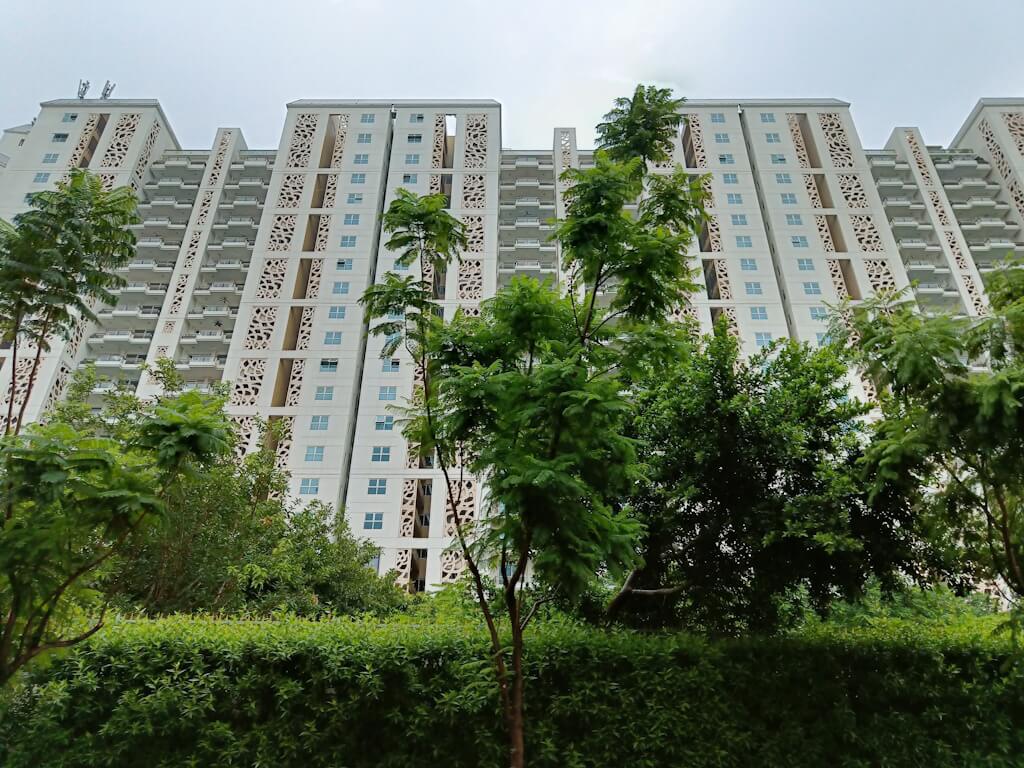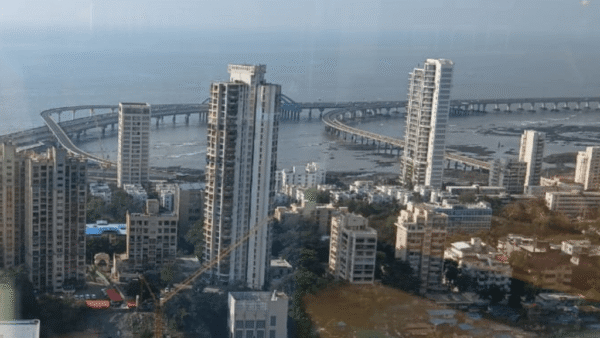Urban land in India is no longer merely a substrate for development—it is a central axis around which governance, inequality, and opportunity revolve. As cities grow rapidly, land has become a contested terrain, reflecting and reinforcing broader social, economic, and political asymmetries. Envisioned until the 1970s and the 1980s as a public good and instrumental in fostering collective welfare, land is now increasingly governed in ways that prioritise private control and speculative investment.
This transformation has been particularly pronounced since the liberalisation in the 1990s. Economic reforms repositioned cities as hubs of capital-intensive growth and investment, reshaping land into a tradable asset disconnected from its social utility. As Shatkin (2017) notes, this shift has been accompanied by the rise of a powerful builder-politician nexus in India, echoing patterns observed earlier in several Southeast Asian cities, where real estate interests and political power became deeply intertwined. Such alliances have accelerated speculative development, often at the expense of affordable housing and inclusive urban planning.
This essay explores how institutional shifts in land governance have produced exclusionary outcomes in Indian cities while reflecting upon the ways land is used, who it serves, and who is excluded, and draws on cases from the Global South.
Planning legacies and the architecture of exclusion
Traditionally, Indian cities evolved around mixed-use neighbourhoods where residential, commercial, and artisanal activities coexisted, and where the rich and poor often lived in close proximity within the same mohalla. This spatial inter-dependence fostered social interaction, economic exchange, and a degree of urban inclusivity (Hosagrahar, 2012). However, urban planning tools in India—master plans, zoning laws, and development controls—rooted as they are in outdated physical planning norms borrowed from the West, had largely privileged formal sectors and building standards over the realities of informal settlements or the pursuit of spatial justice (Roy, 2009).
Consequently, large swathes of urban land are reserved for commercial districts, gated colonies, and high-income housing, while informal neighbourhoods are absent from plans, treated as temporary or illegal. Gurugram, developed largely by private real estate companies with minimal public sector intervention, is perhaps the most prominent example of private sector-driven elite urbanism in India, where corporate offices, luxury condominiums, and exclusive enclaves dominate the landscape (Chatterji, 2016). Similar patterns are increasingly visible in most other tier-I and tier-II cities where informal populations are pushed to peripheral areas or resettlement colonies located far from transport and employment hubs, thereby reinforcing social and spatial segregation.
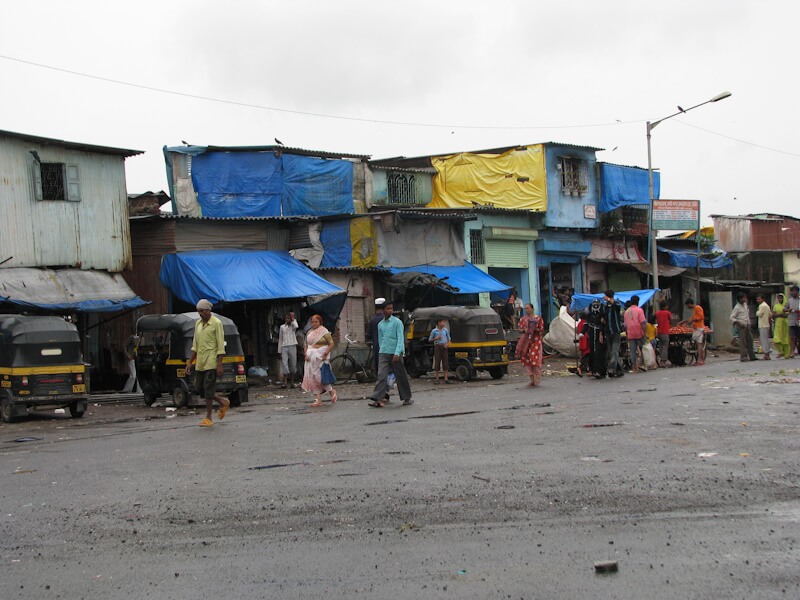
Photo: Wikimedia Commons
The neoliberal shift: Commodifying urban land
From the 1990s onwards, India’s urban governance paradigm shifted dramatically. Cities were recast as engines of growth and investment, and urban land became central to new strategies of revenue generation, financing, and development (Bhan, 2016; Datta, 2018). Instruments such as public-private partnerships, land pooling, and land monetisation became common, with central schemes like Jawaharlal Nehru National Urban Renewal Mission (JNNURM) and Smart Cities Mission prioritising financial viability and capital mobilisation over inclusivity.
Urban land has transitioned from a collective public resource to an asset to be unlocked for value capture. Consequently, urban planning decisions increasingly favour high-end redevelopment, malls, and gated enclaves, with minimal consideration for spatial justice or equitable access (Datta, 2015). Institutions such as development authorities and special purpose vehicles are assuming greater control over decisions affecting land, often sidelining municipal bodies and community voices (Shatkin, 2017).
A key outcome of this transformation is the steady erosion of public land. Spaces traditionally reserved for public services—municipal schools, parks, transport depots—are being transferred to private developers through long leases, joint ventures, or outright sale, often under the rhetoric of ‘urban renewal’.
For example, in Kolkata, city authorities have initiated the conversion of tram depot lands into commercial real estate, despite strong opposition from civil society organisations. Analysts note that the potential monetisation of approximately 43 acres across eight depots is a key driver behind the authorities’ reluctance to sustain tram operations, even though the system has functioned efficiently for over 150 years as a clean, green and age-friendly mode of transport (Basu, 2024; Chatterji, 2025). This move stands in sharp contrast to global urban trends, where trams are being revived as a sustainable mobility option.
The case reflects a broader policy tension in Indian cities, where the short-term fiscal gains from land monetisation often outweigh considerations of long-term public interest, such as affordable mobility, environmental sustainability, and heritage conservation (Chatterji, 2025). In Bengaluru and Chennai, the filling of lakes and waterbodies for real estate has not only eroded urban commons but also contributed to recurrent urban flooding (Nagendra, 2016; Devi, 2020). These policy processes frequently occur without public consultation and under opaque governance arrangements, with urban local bodies often bypassed altogether from the decision-making apparatus.
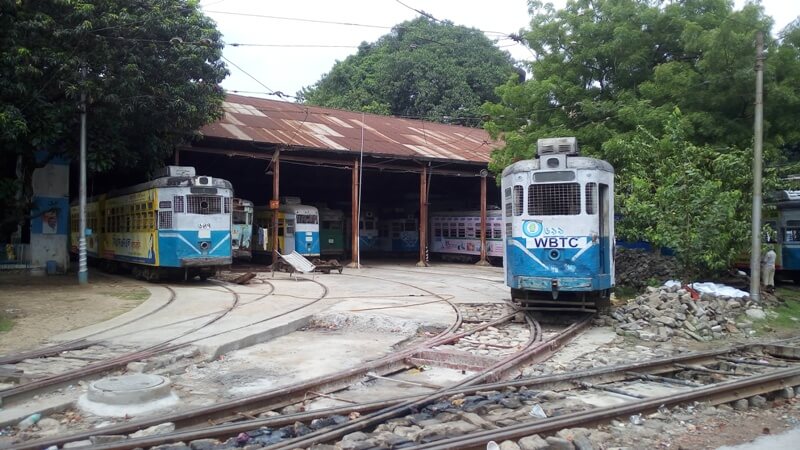
Photo: Wikimedia Commons
Land market distortions and affordable housing challenge
The Supreme Court of India has recognised housing as a fundamental right under Article 21 of the Constitution. However, this right remains far from realisation with access to serviced urban land being a prime hindrance. Land access in cities is increasingly shaped by speculative real estate markets, regulatory loopholes, and the dominance of private developers (Goldman). These distortions are keeping affordable housing out of reach and pushing the growth of slums.
By government definition, affordable housing units are capped at 60 square metres and Rs 45 lakh in value. Yet such units are scarce in major cities, where even middle-income housing (Rs 50 lakh to Rs 1 crore) is being steadily pushed to distant suburbs. In contrast, the supply of premium and luxury housing continues to expand, deepening the spatial and social divide in Indian cities.
The scale of affordable housing shortage is alarming. The Technical Group on Urban Housing Shortage constituted by the Ministry of Housing and Urban Affairs estimated an urban housing deficit of 18.8 million units for 2012-2017, out of which 99 percent was for the economically weaker sections and low-income group category.
A flagship scheme, Pradhan Mantri Awas Yojana – Urban (PMAY – Urban), was launched in 2015 to bridge this gap, but its performance has been mixed. According to data sourced from the scheme dashboard, as of August 2025, out of the 1.19 crore houses sanctioned under the scheme, 64 percent are for Beneficiary-led Construction component, while another 21 percent is under the Credit Linked Subsidy Scheme, thus, benefiting people who already have land (MoHUA, 2025). In contrast, only 1.8 million slum households have been covered, that is just 12 percent of the slum households recorded in Census 2011 (Roy and Kundu, 2024). Moreover, the bulk of the projects are built on peripheral land, disconnected from jobs and public transport.
Land governance lessons
Urban land governance in India remains fragmented across multiple tiers of government and agencies. Municipal corporations, state development authorities, and Special Purpose Vehicles (SPVs) under various missions often exercise overlapping mandates, leading to weak coordination and fragmented planning. Despite the 74th Constitutional Amendment, which sought to empower urban local bodies, much public land continues to fall under state-level authorities. This limits local accountability and hampers integrated urban development.
Outdated and poorly maintained land records compound these challenges. Weak documentation of ownership and tenure undermines planning, zoning, and infrastructure delivery, while the lack of formal titles disproportionately affects the urban poor by restricting access to credit, housing rights, and welfare schemes. Greater transparency and rapid digitalisation of land records are therefore critical to achieving inclusive and sustainable urban growth in India (Gupta, Agnihotri, and George, 2023).
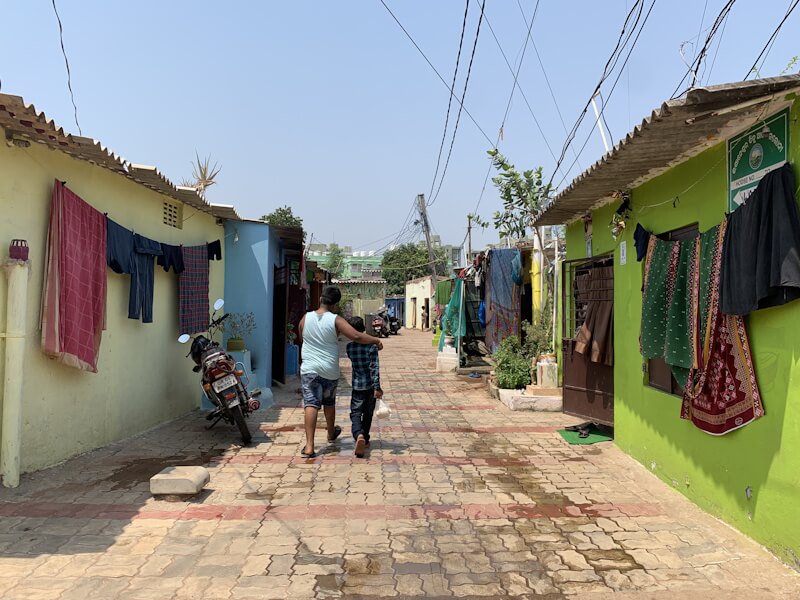
Photo: QoC file
Encouragingly, domestic innovations have shown what is possible. The Odisha Jaga Mission applied drone technology and ground-level verification with Slum Dwellers’ Associations to create high-quality data on informal settlements. This enabled secure land titles for thousands of households, making it one of the world’s largest slum titling initiatives (Ho, Choudhury, and Joshi 2023). At the national level, the PM Gati Shakti Mission is integrating spatial and land-related data across ministries onto a unified geospatial platform, with the potential to enhance transparency, streamline infrastructure planning, and reduce duplication (Livemint, 2023). These initiatives demonstrate that digitalisation, when coupled with inclusion, can transform land governance outcomes.
Global South experiences further highlight pathways toward equitable land management. São Paulo, Brazil, reserves land for low-income housing through Zones of Special Social Interest, ensuring affordability and preventing speculative conversion (Rolnik, 2013). Bogotá, Colombia, captures value from public infrastructure through the plusvalía tax, channelling revenues into housing and social services (Cervero & Murakami, 2009).
These examples underscore the importance of legal innovation, participatory governance, and transparent land management systems. For India, the key challenge lies in consolidating fragmented authority and modernising records while embedding equity and community participation at the heart of land governance reform.
Conclusion: Reclaiming land for collective futures
The governance of land in Indian cities lies at a critical juncture. If current practices persist—marked by market capture, institutional opacity, and spatial exclusion—cities risk becoming ever more unequal, undermining social cohesion and democratic participation.
However, progressive visions rooted in inclusion, participation, and rights are both necessary and viable. By reclaiming land as a public good, strengthening grassroots institutions, and learning from global precedents, Indian cities can chart pathways toward more equitable, liveable, and inclusive urban futures.
The future of Indian cities depends not merely on infrastructure, but on land politics: Who it belongs to, how decisions are made, and who benefits. Reimagining land governance is no longer optional—it is central to democracy, justice, and sustainable urbanisation.
References:
- Basu, J (2024), Dead end – West Bengal moves to discontinue Kolkata’s trams despite calls to revive the city’s oldest and cleanest mode of transport, Down to Earth.
- Bhan, G. (2016). In the public’s interest: Evictions, citizenship and inequality in contemporary Delhi. Orient Blackswan.
- Cervero, R., & Murakami, J. (2009). Land value capture and transit-oriented development: Land prices and urban growth in Bogotá, Colombia. Transportation Policy, 16(1), 133–145.
- Chatterji, T. (2016). The micro-politics of urban transformation in the context of globalisation: A case study of Gurgaon, India. In India and the Age of Crisis (pp. 115-129). Routledge.
- Chatterji, T (2025) Planning in the Age of Political Populism: Kolkata’s Tram Debate.
- Datta, A. (2015). New urban utopias of postcolonial India: “Entrepreneurial urbanization” in Dholera Smart City, Gujarat. Dialogues in Human Geography, 5(1), 3–22.
- Datta, A. (2018). The digital turn in postcolonial urbanism: Smart citizenship in the making of India’s 100 Smart Cities. Transactions of the Institute of British Geographers, 43(3), 405–419.
- Gupta, S., Agnihotri, A., & George, S. (2023). Improving transparency in India’s real estate sector. Centre for Social and Economic Progress.
- Ho, S., Choudhury, P. R., & Joshi, R. (2023). Community participation for inclusive land administration: A case study of the Odisha urban slum formalization project. Land Use Policy, 125, 106457.
- Hosagrahar, J. (2012). Interrogating difference: Postcolonial perspectives in architecture and urbanism. Handbook of architectural theory, 70-84.
- Livemint (2023) Digitization of land records will fast-track infra projects and fight poverty.
- MoHUA (2025), Achievement under PMAY-U & PMAY-U 2.0 as on 4 August 2025.
- Nithila Devi, N., et al. (2020) “Investigation of role of retention storage in tanks (small water bodies) on future urban flooding: a case study of Chennai City, India.” Water 12.10: 2875.
- Nagendra, H. (2016). Nature in the city: Bengaluru in the past, present, and future. Oxford University Press.
- Rolnik, R. (2013). Late neoliberalism: The financialization of homeownership and housing rights. International Journal of Urban and Regional Research, 37(3), 1058–1066.
- Roy, A. (2009). Why India cannot plan its cities: Informality, insurgence and the idiom of urbanization. Planning Theory, 8(1), 76–87.
- Roy, D and Kundu, R (2024) Deconstructing PMAY – U: What the Numbers Reveal? Working Paper – 79, Centre for Social and Economic Progress.
- Shah, G. (2020). Local governance in India: Decentralization and beyond. Routledge.
- Shatkin, G. (2017). Cities for profit: The real estate turn in Asia’s urban politics. Cornell University Press.
Dr Tathagata Chatterji is a Professor of Urban Management and Governance at the School of Human Settlements, XIM University, Bhubaneswar. His research interests are urban politics, decentralisation, Smart Cities, and informal livelihoods. Dr Chatterji is closely involved with comparative research on urban policies in an international context. He received the Gerd Albers Award for Best Publication of the Year (2016) from the International Society of City and Regional Planners (ISOCARP). He is a member of the Planning Institute of Australia and a Fellow of the Institute of Urban Designers India.
Cover photo: Wikimedia Commons

